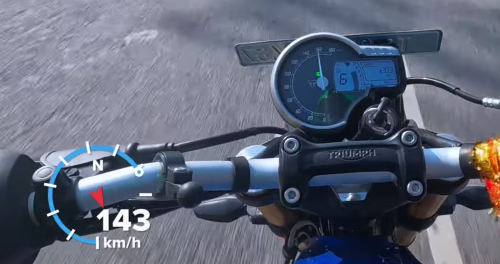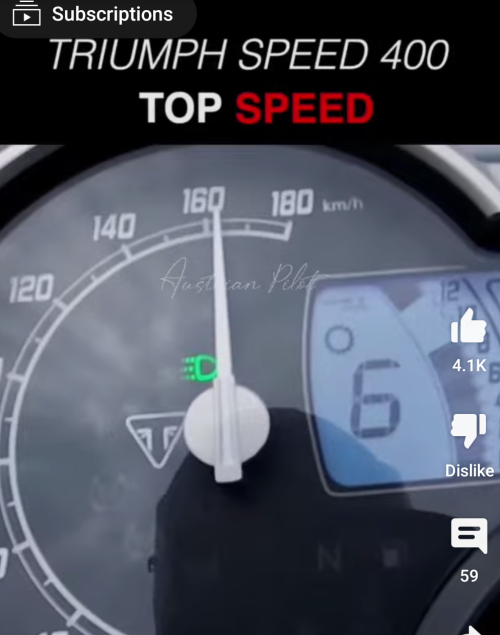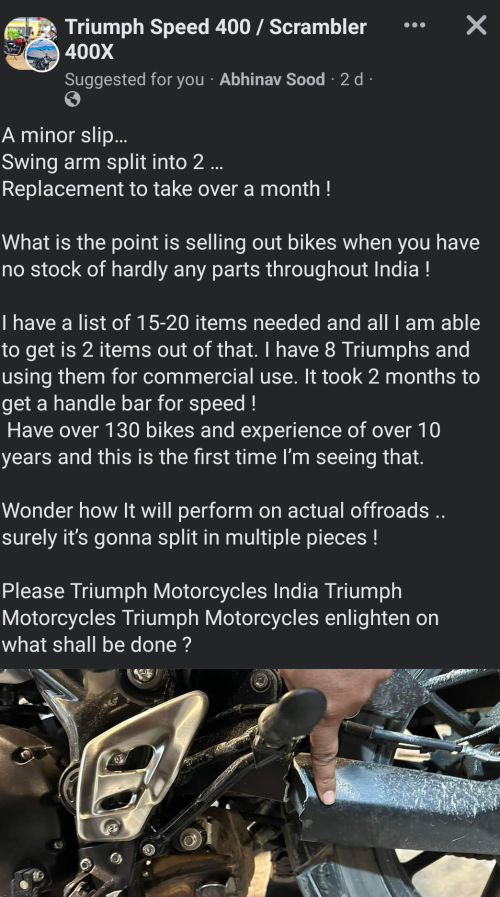QUOTE(lowpro @ Oct 11 2023, 09:27 PM)
From how I understand the new importers, their game is marketshare. This will fuel a strong market for servicing and parts, thus lowering parts cost due to volume.
That's the business model for stuff like printers, where the printers themselves serve almost as loss leaders and the real profit margin is in the consumables. Doesn't work with bikes tho, as the importer will only enjoy limited profit from certain consumables during the warranty period. Parts will still be under warranty, which means there's no money to be made there. They can only make money from parts outside the warranty period, and even then they won't be the only source for parts. And big bikes simply don't command the volume to drive the sale of parts for the business to depend on. So overall, this kind of approach is too much to hedge your bet on if you're a business.Bottom line, old-fashioned market share leading to profit from bike sales is still where it's at. Bike sales have a multiplier effect as they build brand equity and loyalty which create a sales loop when customers upgrade to a bigger or newer model. Triumph is starting to realize this, hence its strategic collaboration with Bajaj to develop accessible lower cc offerings to entice new and younger riders (esp those in Asia) into its ecosystem who have all the years ahead of them as potentially loyal fanboys.
And it is for this exact same reason that Harley is struggling, as it had spent decades building its brand around the older demographic that has a limited lifespan as customers which hurts bike sales. It is forced to rely on disgustingly fat margins per bike, but without that sales loop it's hard to have a future. Bike brands need new and younger riders to drive sales and keep them going.


 Nov 22 2023, 01:24 AM
Nov 22 2023, 01:24 AM
 Quote
Quote






 0.0247sec
0.0247sec
 0.35
0.35
 5 queries
5 queries
 GZIP Disabled
GZIP Disabled